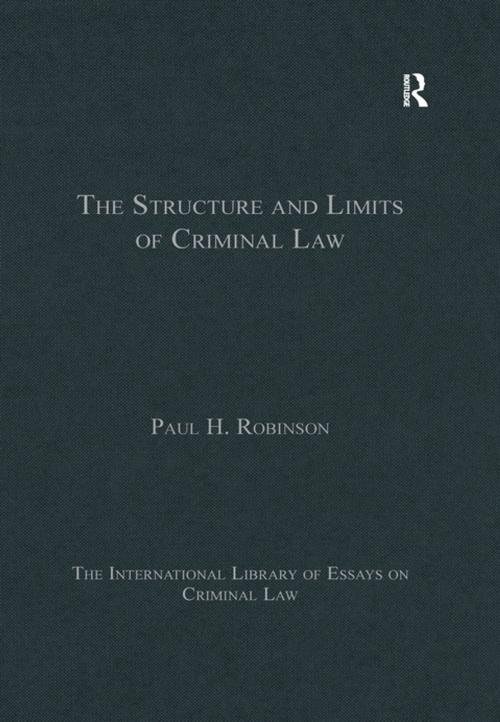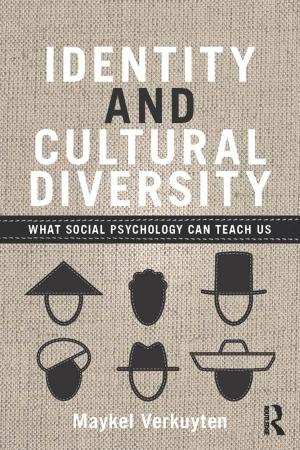The Structure and Limits of Criminal Law
Nonfiction, Reference & Language, Law, Criminal law, History| Author: | PaulH. Robinson | ISBN: | 9781351540247 |
| Publisher: | Taylor and Francis | Publication: | October 23, 2017 |
| Imprint: | Routledge | Language: | English |
| Author: | PaulH. Robinson |
| ISBN: | 9781351540247 |
| Publisher: | Taylor and Francis |
| Publication: | October 23, 2017 |
| Imprint: | Routledge |
| Language: | English |
This volume brings together a collection of essays, many of them scholarly classics, which form part of the debates on three questions central to criminal law theory. The first of these questions is: what conduct should be necessary for criminal liability, and what sufficient? The answer to this question has wider implications for the debate about morality enforcement given the concern that the "harm principle" may have collapsed under its own weight. Secondly, essays address the question of what culpability should be necessary for criminal liability, and what sufficient? Here, the battles continue over whether the formulation of doctrines - such as the insanity defense, criminal negligence, strict liability, and others - should ignore or minimize the extent of an offender's blameworthiness in the name of effective crime-control. Or, are methods of accommodating the tension now in sight? Finally, essays consider the question of how criminal law rules should be best organized into a coherent and clarifying doctrinal structure. The structure grown by the common law process competes not only with that of modern comprehensive codifications, such as the America Law Institute's Model Penal Code, but also with alternative structures imagined but not yet tried.
This volume brings together a collection of essays, many of them scholarly classics, which form part of the debates on three questions central to criminal law theory. The first of these questions is: what conduct should be necessary for criminal liability, and what sufficient? The answer to this question has wider implications for the debate about morality enforcement given the concern that the "harm principle" may have collapsed under its own weight. Secondly, essays address the question of what culpability should be necessary for criminal liability, and what sufficient? Here, the battles continue over whether the formulation of doctrines - such as the insanity defense, criminal negligence, strict liability, and others - should ignore or minimize the extent of an offender's blameworthiness in the name of effective crime-control. Or, are methods of accommodating the tension now in sight? Finally, essays consider the question of how criminal law rules should be best organized into a coherent and clarifying doctrinal structure. The structure grown by the common law process competes not only with that of modern comprehensive codifications, such as the America Law Institute's Model Penal Code, but also with alternative structures imagined but not yet tried.















